A brand's true power lies not just in its visuals but in its voice. Brand voice is just as vital as other elements in leaving a lasting impression in consumers’ minds on social media.
What is Brand Voice?
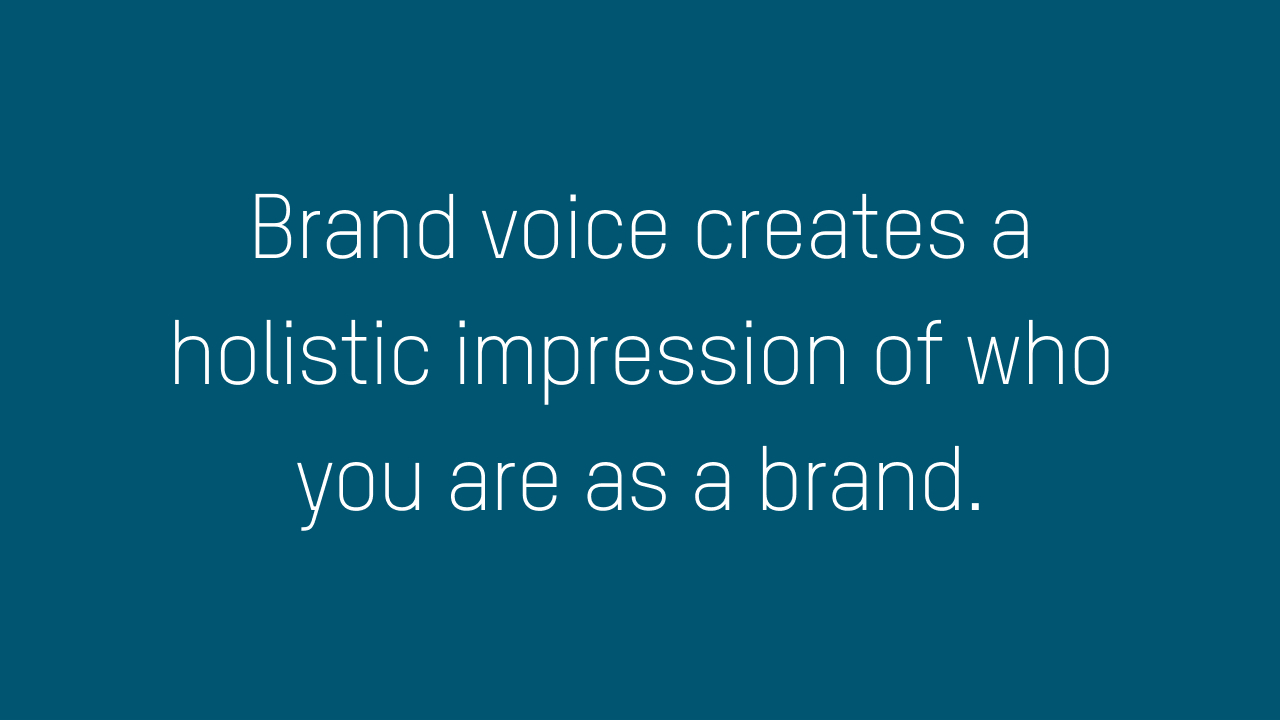
Brand voice is a blend of two things—what you say and how you say it. It’s not just your choice of words; it encompasses your tone, message, structure, and attitude, creating a holistic impression of who you are as a brand on social media.
Brand voice sets the tone for all existing and future communications. It represents your very essence, brand values, and principles. Hence, brand voice is constant; it shouldn’t change significantly over time.
Why Does Brand Voice Matter?
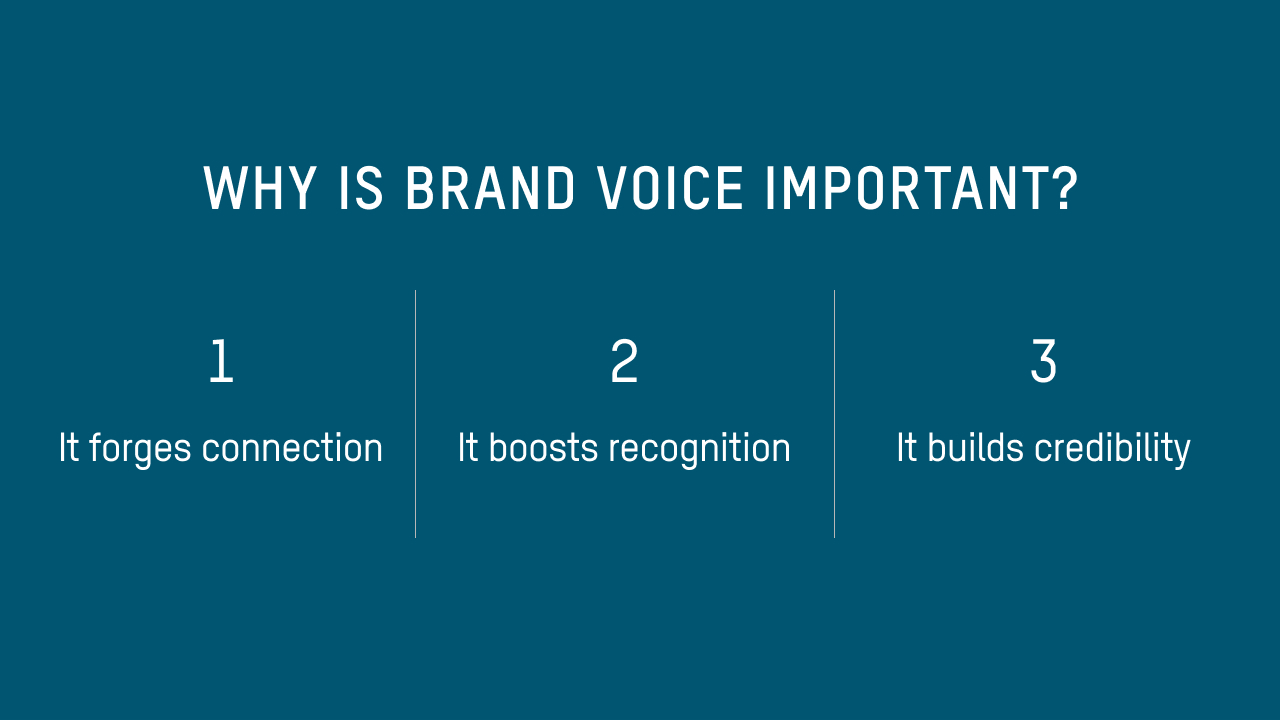
It Forges Connection
When it comes to giving your brand a human touch, nothing does it better than a solid brand voice. It’s your way of connecting with key audiences, paving the path for meaningful and lasting relationships.
Customers are drawn to brands that resonate with them on a personal level, and a staggering 61% of consumers feel a stronger connection when brands interact with them as real people. Adopting a genuine and relatable brand voice is key to building trust and loyalty in today's consumer-centric world.
It Boosts Recognition
The reality is, consumers gravitate toward recognized brands rather than unknown ones. Thus, being easily identifiable on social media gives you a significant advantage.
Similar to captivating visuals, your brand voice effortlessly helps consumers recognize and remember you, not just online but also offline. This holds significance as 46% of customers prefer to buy from familiar, trusted, and memorable brands. So don't underestimate the power of your voice to drive consumer preference.
It Builds Credibility
A strong brand voice is key to creating a seamless customer experience across touchpoints and channels. We all know consumers appreciate consistency. This is a good demonstration of credibility and reliability, which can lead to potential revenue growth of up to 10%, as observed by 68% of brands.
When you maintain a steady brand voice that aligns with your brand identity, you’ll inevitably earn the trust and confidence of your consumers.
Examples of Brand Voice
Here are several examples of brands that showcase a unique brand voice, each with distinct qualities and characteristics that make them stick out from the rest.
Airbnb: Warm, Welcoming, Empathetic
An online hospitality service, Airbnb ensures it communicates warmth, openness, and support through its brand voice.

Red Bull: Energetic, Adventurous, Playful
Red Bull’s brand voice creates a sense of vibrance and excitement, appealing to sports enthusiasts and adventure seekers.
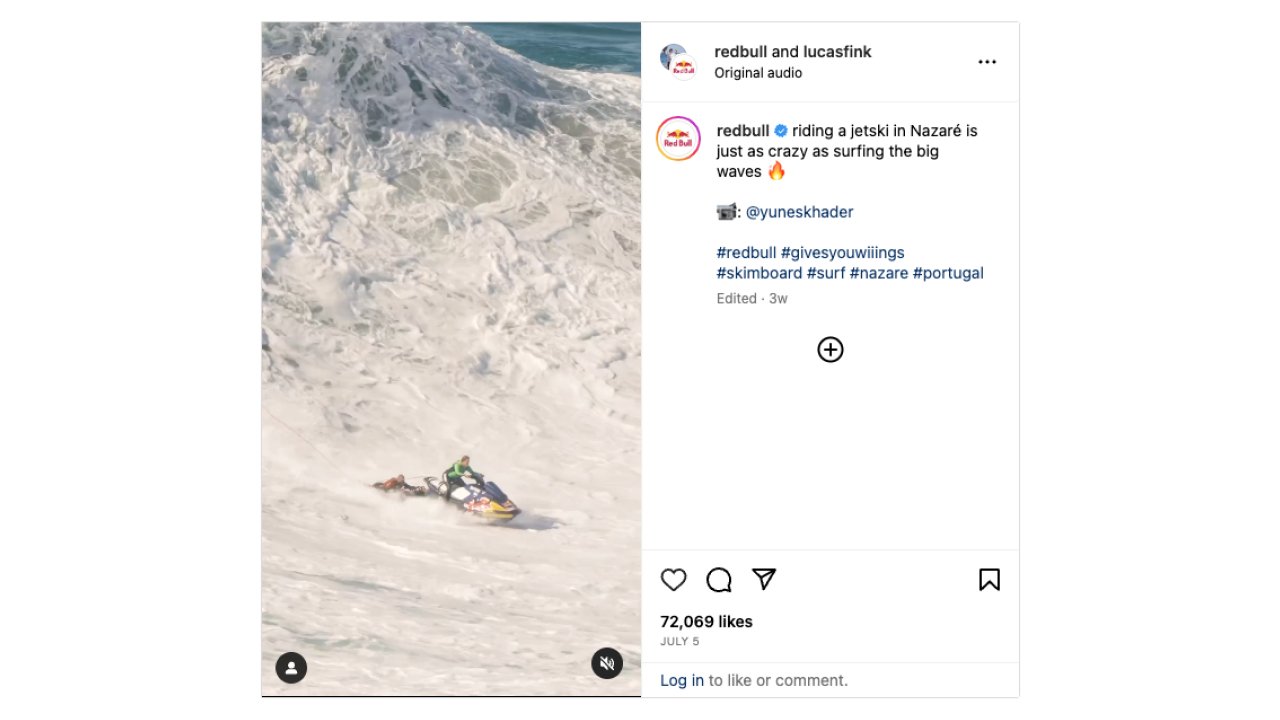
Vans: Cool, Casual, Hip
Vans’ brand voice is straightforward, youthful, and authentic to resonate with its diverse audience of creatives (skaters, musicians, adventurers, and the like).
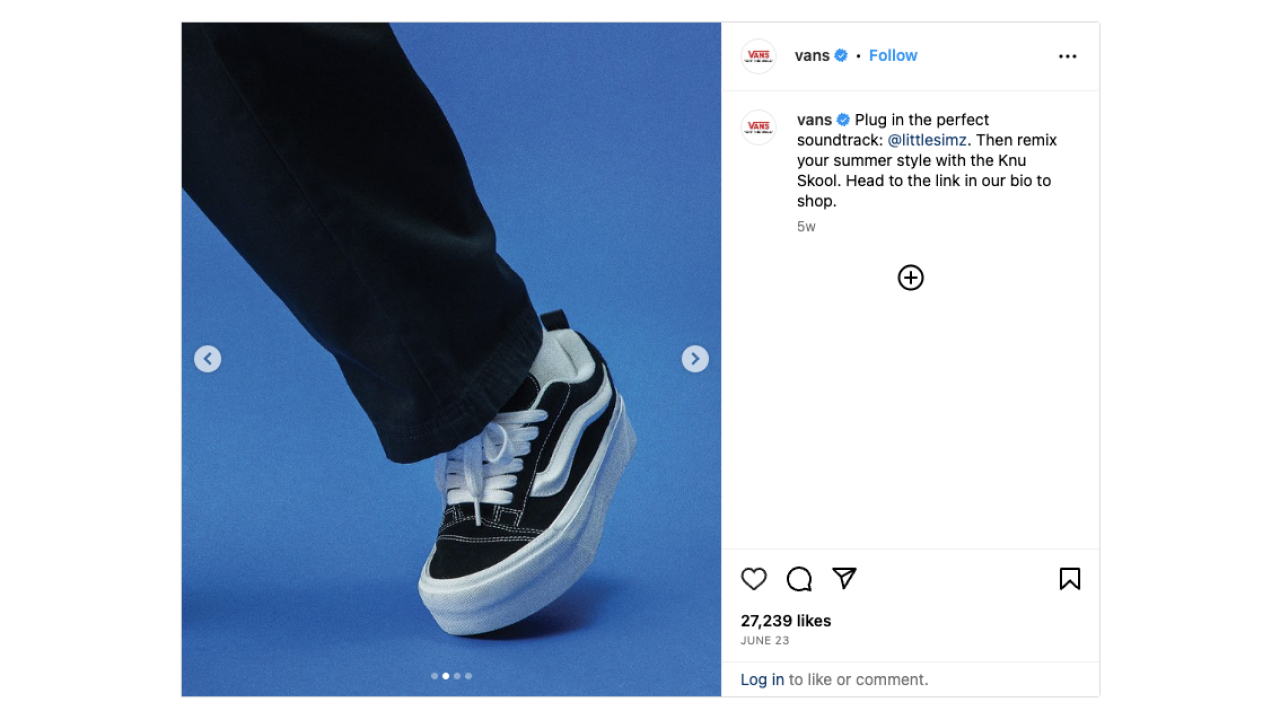
How Do You Create a Distinct Brand Voice?
Here are some basic guidelines for developing a unique brand voice on social media.

#1. Identify Brand Position
The first step to creating a brand voice is identifying your brand position—how you want your brand to be perceived by your consumers, relative to the value you offer them.
Brand positioning includes determining key attributes that make your brand relevant to your target market. This is essential when developing a brand voice, as it sets a clear direction on how you should communicate your unique value proposition to your target audience.
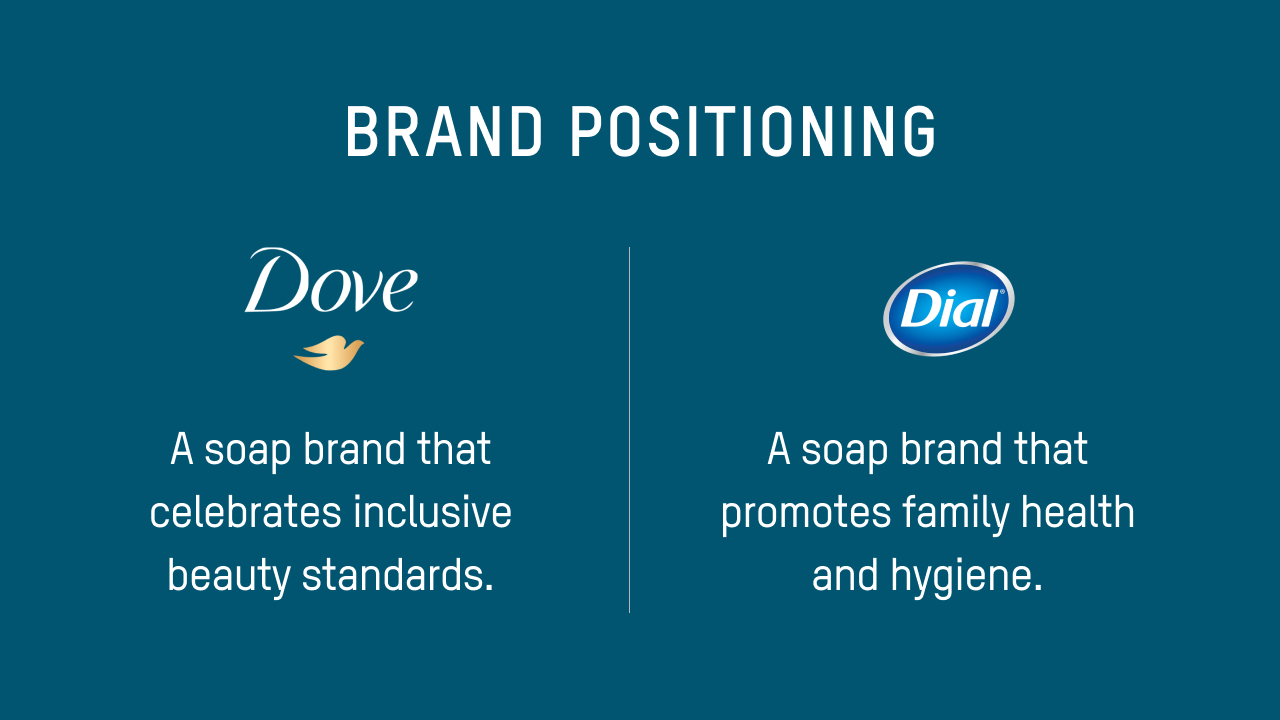
Take two well-known soap brands for example. Dove positions itself as a skincare brand that celebrates inclusive standards of beauty, designed for women. Meanwhile, Dial positions itself as a reliable antibacterial soap brand for families, providing strong germ-fighting protection.
By identifying their respective brand positions, Dove and Dial were able to create strong and unique brand voices that foundationally support all their messaging and branding efforts.
#2. Outline Voice Attributes
The next step to developing your brand voice is determining your voice attributes. Voice attributes are traits or qualities defining your interactions with consumers. They serve as your compass, ensuring your brand voice is consistent with your brand personality.
Set 3 to 5 voice attributes you want to adopt as your brand voice, outlining why they’re relevant to your brand. Then, establish guardrails for expressing these attributes in your writing, tone, structure, and other facets of communication.
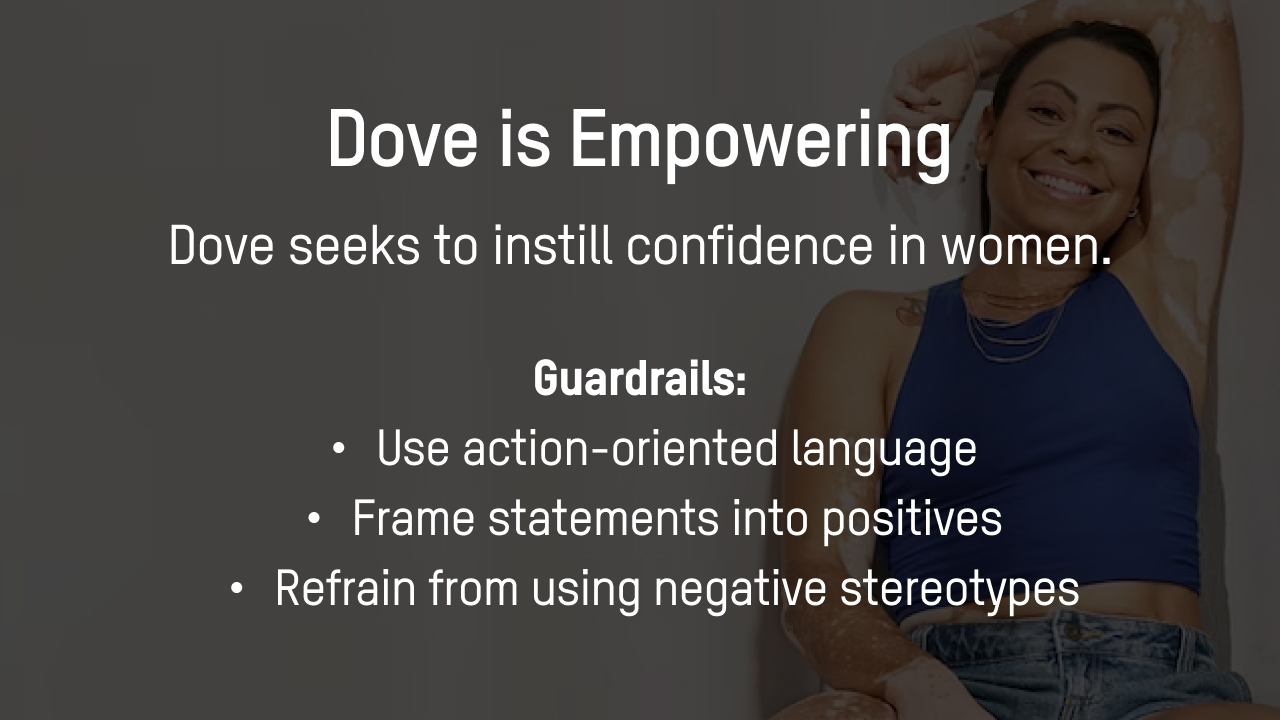
Returning back to Dove, one of its distinct voice attributes is empowerment. The brand seeks to motivate and instill confidence in women. Some guardrails for this particular attribute may include: using action-oriented language to inspire choices, framing statements into positives to express optimism and encouragement, and avoiding labels and characterizations.
These voice attributes and guardrails are the cornerstone for developing a clear and consistent brand voice for your business that still ties in with your brand position.
#3. Select Brand Messaging Areas
Once you've outlined your brand voice attributes, it's time to identify your key brand messaging areas. These are the themes and topics you want to discuss with your target audience. They must reflect your personality traits and brand values, as well as your unique value proposition.
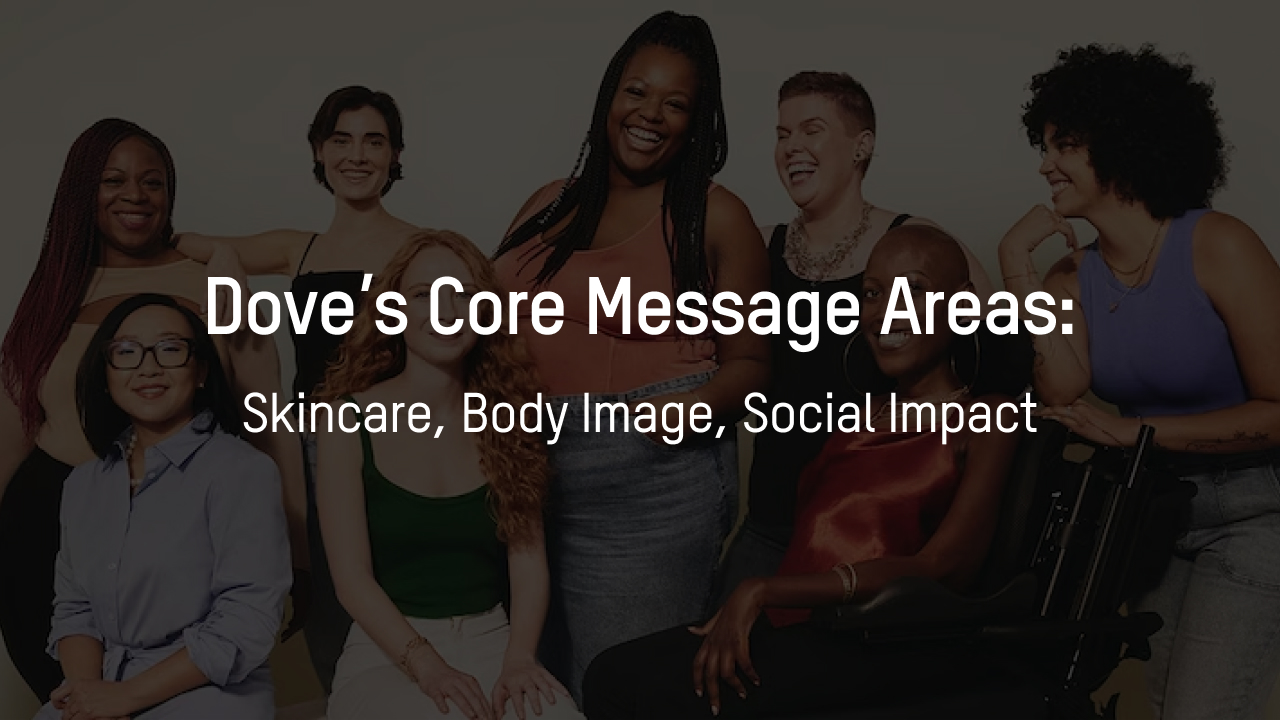
For a brand like Dove, messaging areas may include highlighting the soap’s gentle formula (skincare), advocating body positivity and self-confidence (body image), and showcasing community initiatives (social impact)—all important factors to female consumers.
While there is no definite number, brand messaging areas should be extensive, covering diverse topics that appeal to the various interests of your target audience.
#4. Determine Content Buckets
The last step to building a unique brand voice is determining potential content buckets. This step is essential for ensuring alignment between your brand voice, messaging areas, and the content you produce.
Content buckets, or content categories, encompass various topics that cater to diverse audience segments, each with distinct consumption needs and interests. Content buckets are usually a combination of timely and timeless content.
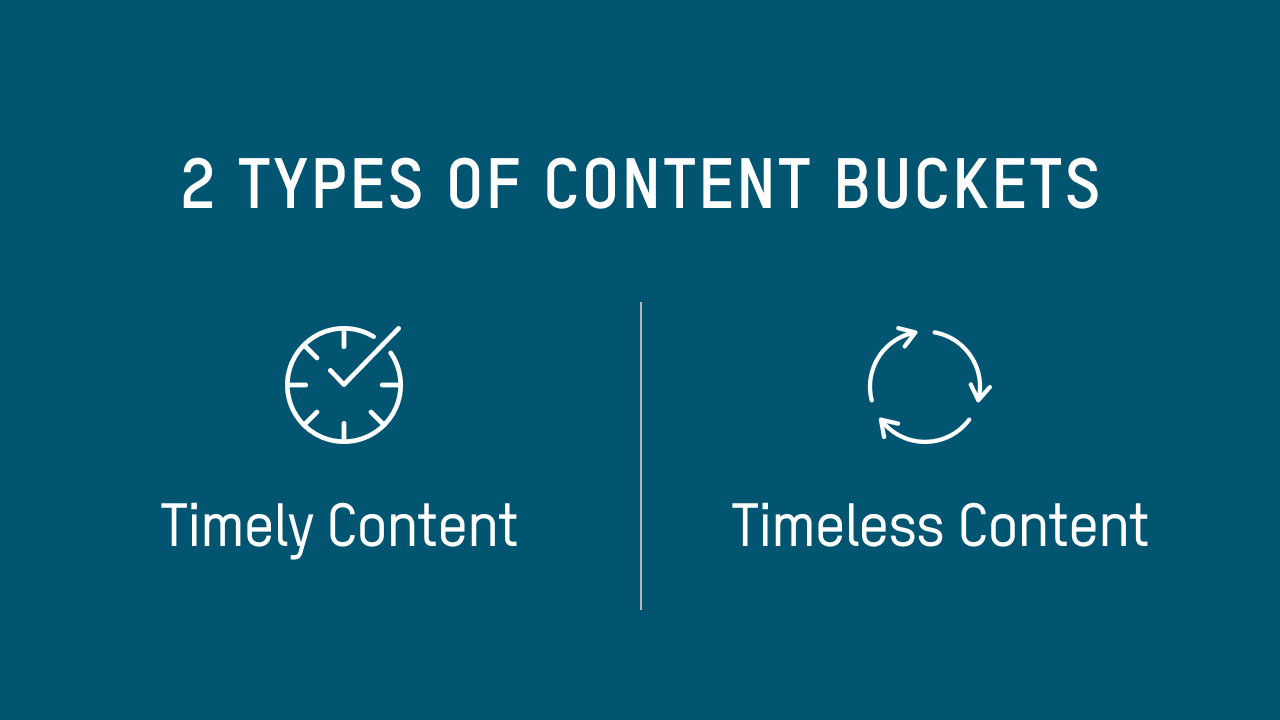
Timely content is time- or event-based content that is periodically updated. It can include articles, reports, news, research, and the like. Timeless content is evergreen and retains its value over an extended period of time. Blogs, thought leadership articles, FAQs, tutorials, and reviews are all examples of timeless content.
Using the mentioned brand messaging areas, let's explore some content buckets from Dove that the brand actually utilizes. One is real customer testimonials, which allow users to talk about their inspiring journeys with the brand to inspire other women. Another content bucket is skincare tips featuring Dove emphasizing the importance of healthy skin.
These content buckets align perfectly with the messaging areas, voice attributes, and brand positioning. That's why following these steps ensures everything comes together seamlessly.
Clearly, brand voice goes beyond tone and style; it's the holistic approach to connecting with your target audience. By following these four steps, you can craft a unique and unforgettable brand voice that resonates powerfully across campaigns, channels, and interactions.



